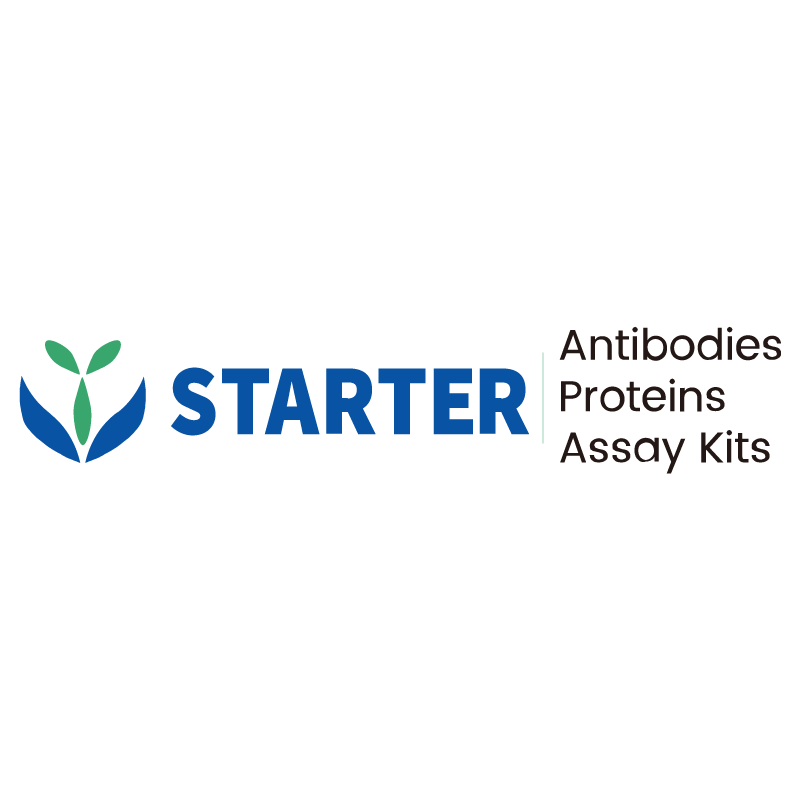2μg(R: reducing conditions)
Product Details
Product Details
Product Specification
| Species | Human |
| Synonyms | Early activation antigen CD69, Activation inducer molecule (AIM), BL-AC/P26, C-type lectin domain family 2 member C, EA1, Early T-cell activation antigen p60, GP32/28, Leukocyte surface antigen Leu-23, MLR-3, CLEC2C |
| Accession | Q07108 |
| Amino Acid Sequence | Protein sequence (Q07108, Ser62-Lys199, with C-His tag) SVGQYNCPGQYTFSMPSDSHVSSCSEDWVGYQRKCYFISTVKRSWTSAQNACSEHGATLAVIDSEKDMNFLKRYAGREEHWVGLKKEPGHPWKWSNGKEFNNWFNVTGSDKCVFLKNTEVSSMECEKNLYWICNKPYK |
| Expression System | HEK293 |
| Molecular Weight | Predicted MW: 17.7 kDa Observed MW: 20-25 kDa |
| Purity | >95% by SDS-PAGE |
| Endotoxin | <0.1EU/μg |
| Conjugation | Unconjugated |
| Tag | with C-His tag |
| Physical Appearance | Lyophilized Powder |
| Storage Buffer | Lyophilized from a 0.2 μm filtered solution of 0.2M PBS, pH7.4. |
| Reconstitution | Reconstitute no more than 1 mg/mL according to the size in deionized water after rapid centrifugation. |
| Stability & Storage | 12 months from date of receipt, -20 to -70 °C as supplied. |
Background
CD69 (Cluster of Differentiation 69) is a human transmembrane C-Type lectin protein. It is an early activation marker that is expressed in hematopoietic stem cells, T cells, and many other cell types in the immune system. It is also implicated in T cell differentiation as well as lymphocyte retention in lymphoid organs. The activation of T lymphocytes and Natural Killer (NK) cells, both in vivo and in vitro, induces expression of CD69. This molecule, which appears to be the earliest inducible cell surface glycoprotein acquired during lymphoid activation, is involved in lymphocyte proliferation and functions as a signal-transmitting receptor in lymphocytes, including natural killer (NK) cells, and platelets.
Picture
Picture
SDS-PAGE


